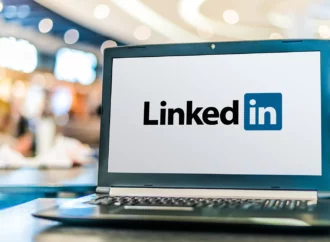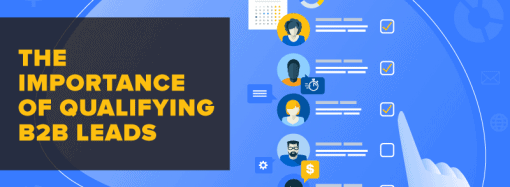Author: MONIQUE OLAN, Marketing Supervisor Outbound versus inbound is a big component in marketing. You hear it discussed constantly and how important it is to recognize what each is. However, what many forget to distinguish is the difference between those concepts when related to (a) what channel is chosen to reach potential customers as opposed to (b)
Author: MONIQUE OLAN, Marketing Supervisor
Outbound versus inbound is a big component in marketing. You hear it discussed constantly and how important it is to recognize what each is. However, what many forget to distinguish is the difference between those concepts when related to (a) what channel is chosen to reach potential customers as opposed to (b) the messaging implemented in those channels.
CHANNELS VS. MESSAGING – SO, WHAT’S THE DIFFERENCE?
The concept of an outbound or inbound CHANNEL is NOT the same as outbound or inbound messaging. Here are examples to help you understand the distinction:
-
CHANNELS:
When discussing channels, direct mail and print ads are forms of outbound marketing and pay per click (PPC) advertising and white paper downloads from your website are forms of inbound marketing.
-
MESSAGING:
When discussing messaging and positioning, outbound messaging is product-centric or self-promotional (broadcasting what you do) while inbound messaging presents solutions and ideas (inviting potential customers in to learn more).
AND THE MESSAGING CHAMPION IS…INBOUND!
When it comes to messaging, the inbound approach is definitely winning over outbound when accomplishing the essential task of generating leads that convert. How is this? It’s pretty simple:
- Instead of focusing so much on sharing who you are and why the client should be buying your product or service (outbound), you focus more on touching key customer pain points/problems and how the solutions to solve the problems just happen to be exactly what you provide (inbound).
You can see how the latter gives potential customers a stronger connection to the product or service being offered because they can better relate. The key to using this inbound approach well?
-
YOU MUST DO YOUR RESEARCH TO:
- Identify who your customers are
- Recognize what their challenges/pain points are
- And distinguish how you can help them solve them.
However, just because inbound is out performing outbound in regards to messaging, that doesn’t mean outbound channels are the same. Contrary to what some try to argue, outbound marketing channels are not “bad” or “dead.” Some have just not made this distinction between channel and messaging.
OUTBOUND TACTICS WITH INBOUND MESSAGING
So how can you utilize outbound channels with greater success? You can add an inbound approach to an outbound channel! Here’s a great example:
DIRECT MAIL
If you understand your customers and integrate that into an inbound message approach, you can really make direct mail effective. Pinpoint what mailing area has your target market, relate to them through a problem you know they face, and promote a solution to what they are facing.
FOR EXAMPLE: Johnny’s Lawn Care has found an area to target that is comprised of primarily large communities with higher income homes and significant land per home. They choose to send a direct mail piece right at the brink of winter to spring, knowing their customers will need to get their lawns up from the cold season. They have two options for how the messaging should go:
- OUTBOUND: “Johnny’s Lawn Care is the best in the area when it comes to maintaining your home’s exterior beauty. Contact us today for top-notch service for your lawn care needs as the spring season approaches.”
- INBOUND: “The weather is warming up. Is your lawn ready for the spring season? Let us help you take your lawn out of the winter blues and get ready for your next barbeque! Contact us today for expert lawn maintenance from Johnny’s Law Care.”
Both of these aren’t bad, but putting a customer’s pain point up front and followed by the solution (that your company just happen to have) makes a potential customer that fits the target audience much more capable of relating to the company, and in turn, much more likely to be become a quality lead.
Outbound and inbound channels versus outbound and inbound messaging are very different things, and hopefully that has become evident. Remember that inbound messaging generally outperforms outbound messaging, but the channels of marketing don’t always follow the same trend. The appropriate channels will vary per company and industry. One of the best tactics is to use an integrated marketing approach, strategically tying in various outbound and inbound channels to deliver the most effective marketing campaigns.













